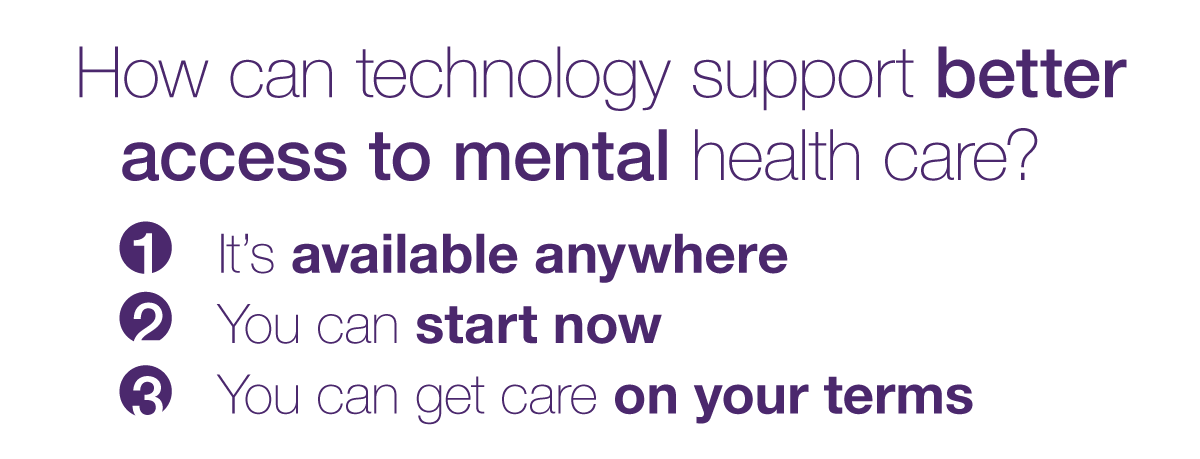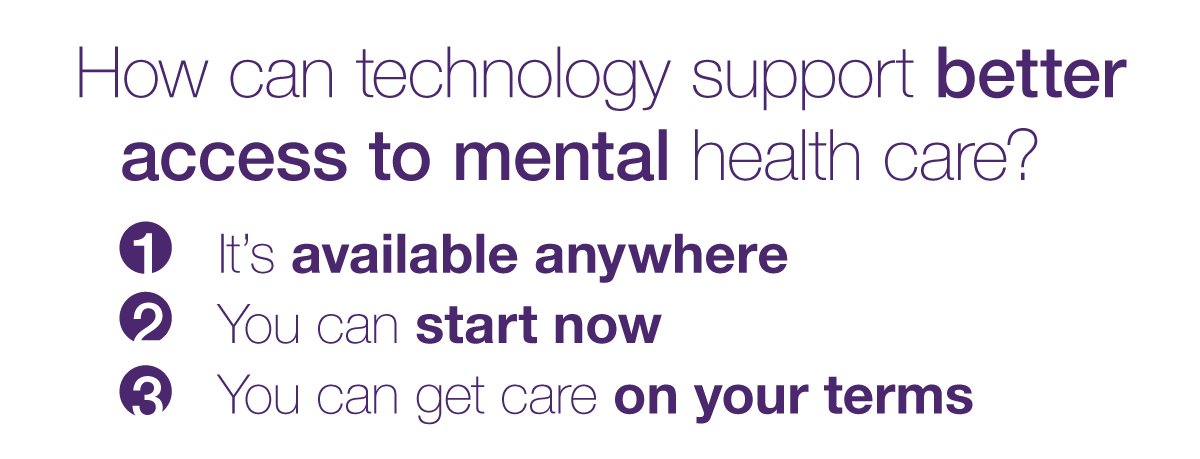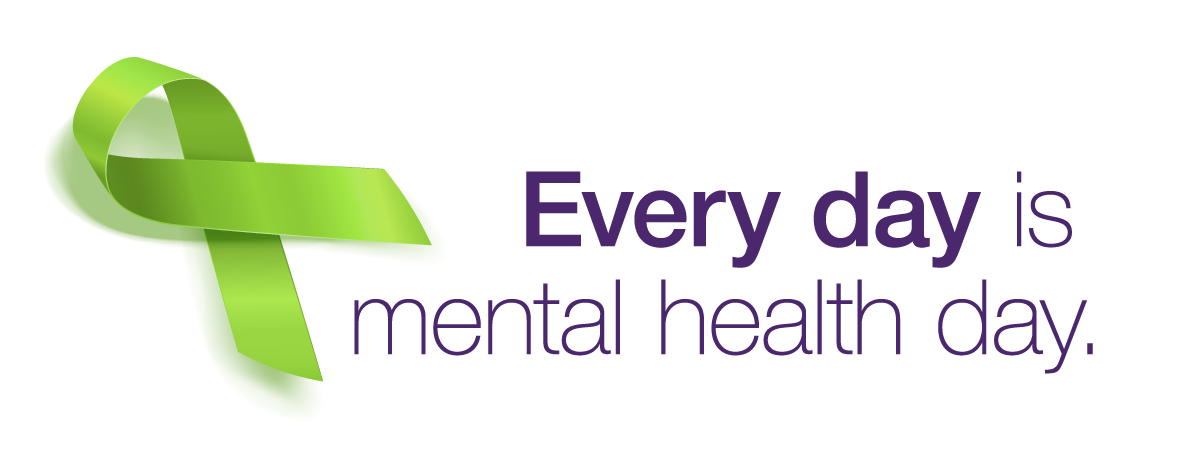
Alicia Raimundo* is project manager for virtual care at Foundry BC, a network of service centres and online wellness resources for young people aged 12-24 in British Columbia. Foundry is exploring and putting in place different ways to bring their amazing services to young people wherever they are and whenever they need it. We spoke with Alicia about the barriers young people face, and the promise of virtual mental health care
Why should we be concerned about mental health?
Let me answer that question with stats. Around 4,000 people die from suicide in Canada every year. It’s steadily the ninth top cause of death. But two out of three people needing mental health services in Canada will never get this critical care.
What are the top barriers people face – and let’s talk specifically about young people – when they seek mental health support?
A few years ago I would have mentioned stigma, but we’ve come a long way in reducing it, at least for some groups. So I’d say the first barrier is the lack of mental health and addiction services, especially for young people. While there are issues in child and adult services too, we only have pockets of services available for people aged 12-24. They are treated as either children or adults, when they really just need their own unique services. Add this to the general fear people have in asking for support from others, how confusing our mental health system is, and how much energy struggling with your mental health takes away from you, and you have a perfect storm.
I am happy to see organizations like Foundry in BC and others across Canada address the unique needs of this group by creating easy-to-access centres that are co-designed with young people and their families.
What role do you think digital solutions can play in improving access to mental health support?
I think virtual services offer three big advantages.
One, you can live anywhere. Say your town has no services, or you’re close to a youth clinic, but your mom’s best friend runs it. Despite professionalism and patient confidentiality, you just wouldn’t feel safe and brave in that space. But if you have access to the Internet, virtual care lets you get help from anywhere.
Second, there are no commute times, so you can start talking or chatting with someone exactly when you need to, wherever you are. In my previous role as an Online Peer Support Worker, I had young people message me for a 15-minute chat from school, where they’re locked in the bathroom with a panic attack. Ironically, I’ve had people message me from therapy groups if they’re feeling anxious.
And third, many young people are very shut in and struggle to leave the house – or even their bed. Online services let them reach out from these safe places.
Could technology-supported virtual care actually be better than face-to-face in some cases?
Virtual care doesn’t have to be complicated. It can complement in-person services with a phone call, a chat room, or an app that tracks your mood. And in some cases yes, it can do better than face-to-face care. Patients can speak more freely, be more honest, choose when to talk, and what to talk about. They can leave if they need to, or request a new provider who may understand them better.
What role do you think health promotion days like Mental Illness Awareness Week and World Mental Health Day can play?
It’s nice to have a day where media and more of the world is paying attention to our work and our conversations. But everyone will tell you that mental health day needs to be every day. We need to continue these important conversations and keep checking up on our mental health, every day.
If there was one thing we could change today to improve the mental health of young people, what would it be?
We would listen to them and believe them. People can be dismissive of the issues of a 12- or 14-year-old. But those issues are big in their world. We need to listen, validate, and take whatever they’re going through seriously.
Do you have any advice for designing technology that helps young people?
Innovations can only succeed when you co-design them with young people, their families, and the clinicians who offer the services. Often when we put something in front of the people who will be using it, they’ll point out the gaping hole. That needs to happen early. It’s worked well for Foundry: as we push for change, we’re always co-designing.
Thank you, Alicia, for taking the time to speak with us, and for all you do.
Top barriers for young people seeking mental health care
Lack of services
It’s scary
Don’t know what services are out there


“The one thing we can change today to improve mental health for young people is to take their issues seriously.”


* The views expressed by Ms Raimundo may not reflect the views of her employer or TELUS Health.
